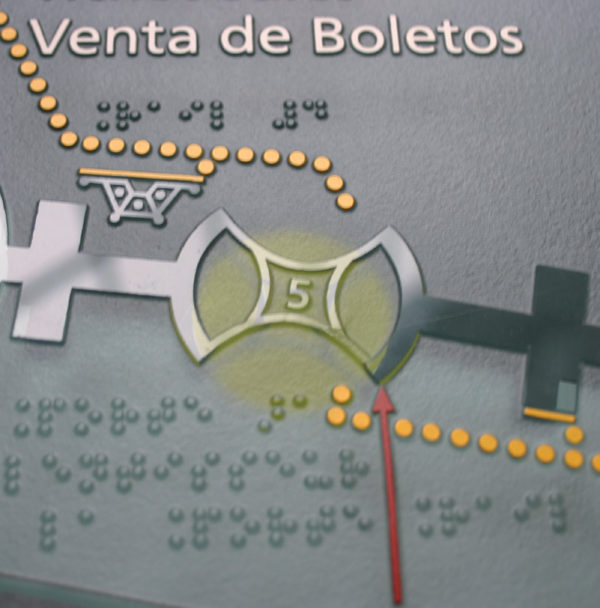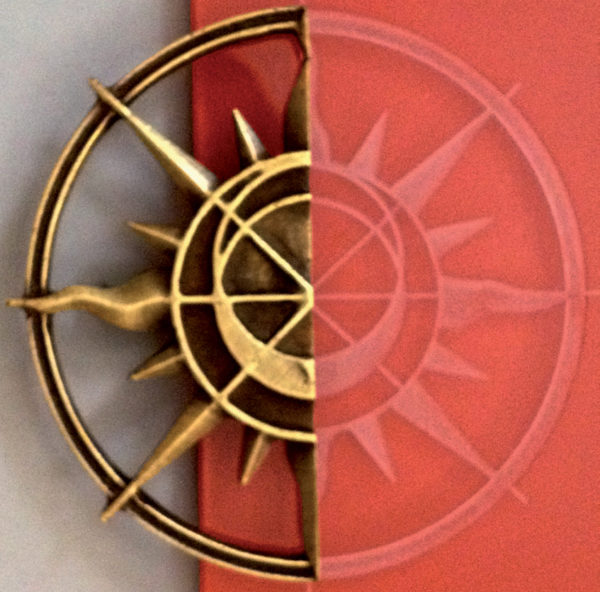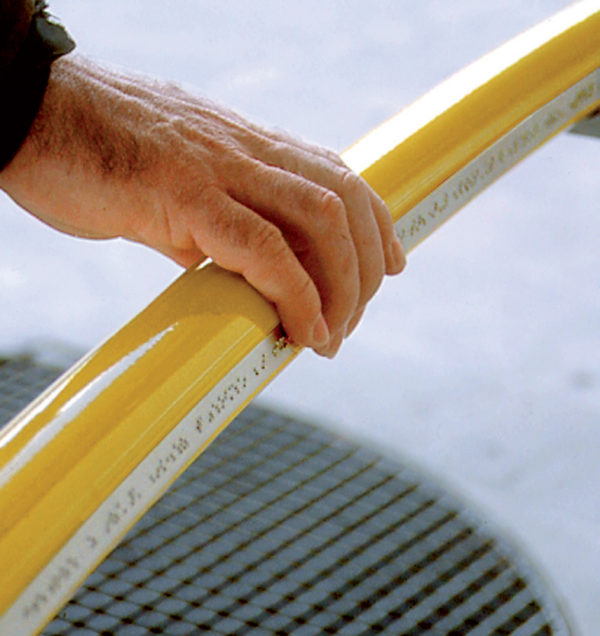Coco Raynes (2006)
Back to WID Award of Excellence recipients.
Biography
Coco Raynes, born and educated in France, founded Coco Raynes Associates, Inc. in 1969. The multi-disciplinary design firm specializes in Environmental Graphics, Exhibits, Donor Recognition and Corporate Identities, and has developed major programs in the U.S., Europe, and Asia. Her philosophy to work beyond minimum requirements – in regard to quality, aesthetics, and client expectations – has resulted in many innovative designs.
Read more
Coco Raynes
President, Coco Raynes Associates, Inc.
Women in Design Award of Excellence, 2006 winner
"Design has no gender: There is only good design and bad design.”
—Coco Raynes
From acceptance remarks, Women in Design Award of Excellence, 2006

“We can no longer have the arrogance to design for a select group, and in the near future, it is my belief that Universal Design will be the norm. An elegant inclusive information system is often developed at the same cost as a mediocre, non-inclusive one.”
—Coco Raynes
From acceptance remarks IDSA, Industrial Design Society of America Gold Award 1994

I have tried to introduce the concept of the designer as thinker and risk-taker. There is a huge difference between following trends and innovative design, between copying and creating.

I was fortunate to have the opportunity to work on superb projects. Great clients inspire designers, trust them with revolutionary concepts, and make them want to rise to the occasion. In my case, I am convinced that the intelligence of the projects made the designer.




Regardless of the program size and complexity, my rules have never changed. Wherever the project is, the design must blend with the surroundings, reflect the local culture, and be accessible to all. However, to show progress, it is not necessary to destroy what has been proven to be genuinely constructive and useful. Design that passes the test of time always retains a classical quality. Each era produces its own design sensibility and integrity—this holds true for all design venues from print to wayfinding systems, to industrial design, to architecture.

